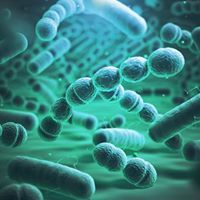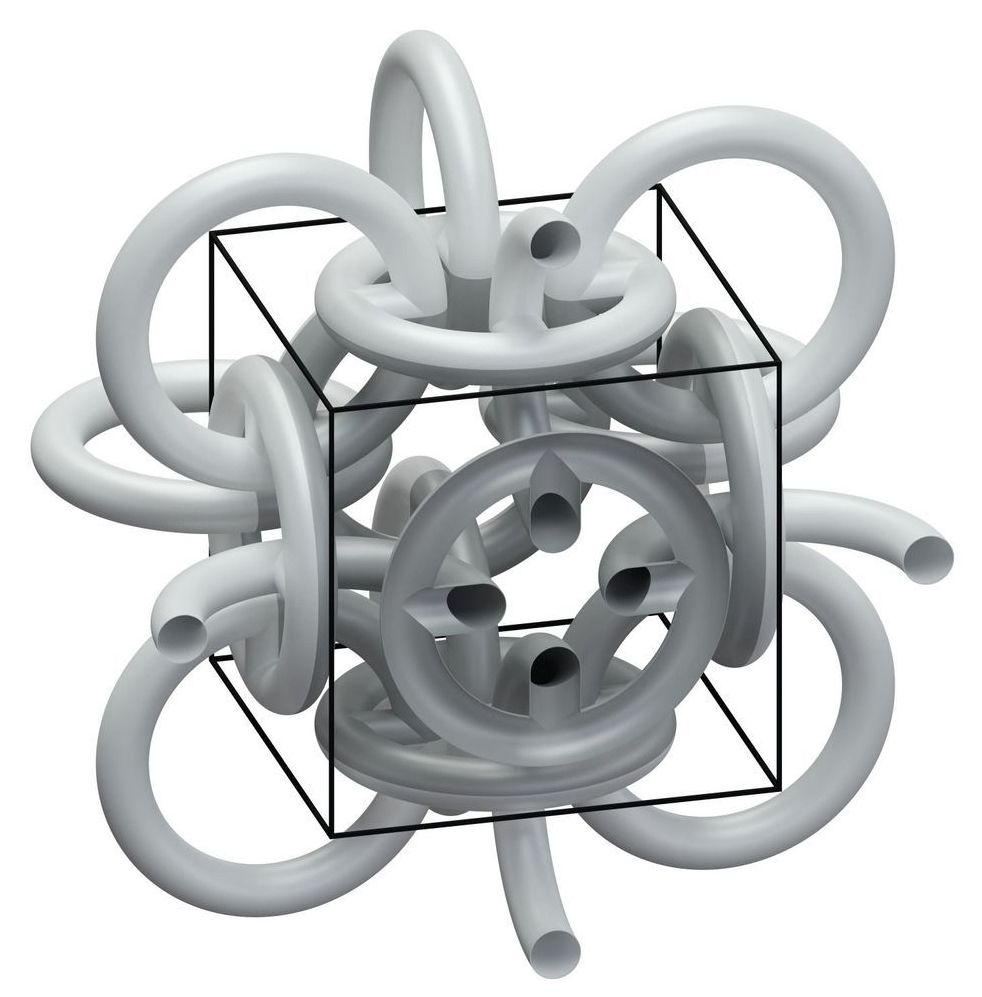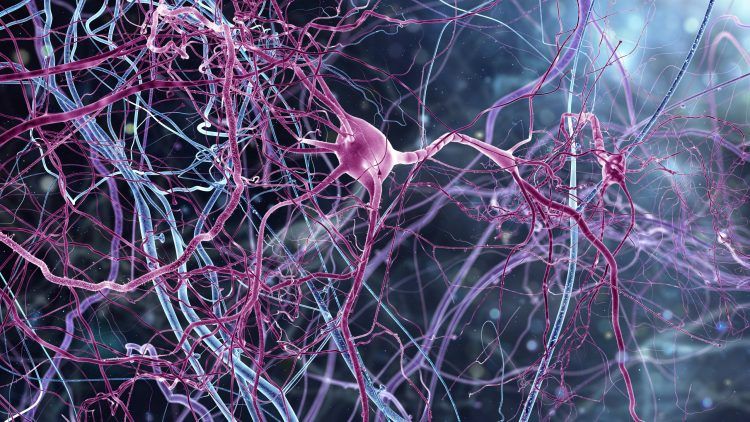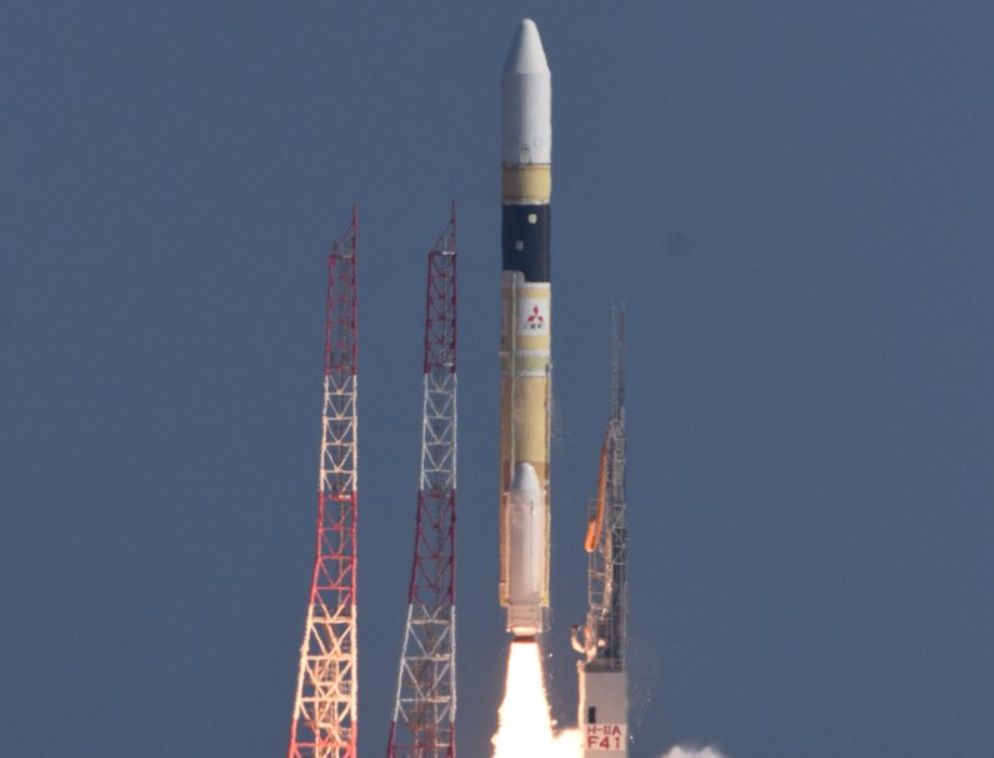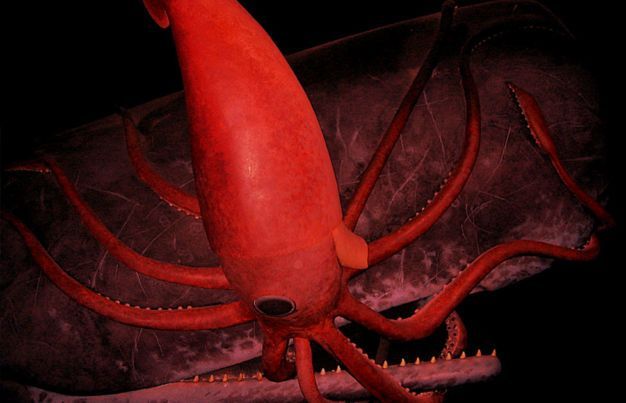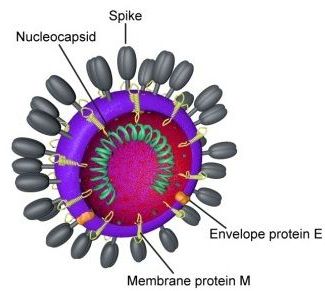Page 8208
Feb 9, 2020
Metamaterial: Mail armor inspires physicists
Posted by Quinn Sena in categories: mathematics, mobile phones, physics
Circa 2017
The Middle Ages certainly were far from being science-friendly: Whoever looked for new findings off the beaten track faced the threat of being burned at the stake. Hence, the contribution of this era to technical progress is deemed to be rather small. Scientists of Karlsruhe Institute of Technology (KIT), however, were inspired by medieval mail armor when producing a new metamaterial with novel properties. They succeeded in reversing the Hall coefficient of a material.
The Hall effect is the occurrence of a transverse electric voltage across an electric conductor passed by current flow, if this conductor is located in a magnetic field. This effect is a basic phenomenon of physics and allows to measure the strength of magnetic fields. It is the basis of magnetic speed sensors in cars or compasses in smartphones. Apart from measuring magnetic fields, the Hall effect can also be used to characterize metals and semiconductors and in particular to determine charge carrier density of the material. The sign of the measured Hall voltage allows conclusions to be drawn as to whether charge carriers in the semiconductor element carry positive or negative charge.
Continue reading “Metamaterial: Mail armor inspires physicists” »
Feb 9, 2020
Study identifies brain stiffness as crucial for neurogenesis
Posted by Genevieve Klien in categories: biotech/medical, neuroscience
A research team has shown that a key difference between neurogenic and non-neurogenic tissues is cross-linking proteins causing stiffness, a discovery that could be used to create new brain injury therapies.
Researchers compared the proteomes of regions in the brain that are neurogenic (neural stem cell niches) and those that are not (cerebral cortex). The scientists hope that by establishing how these tissues are different, future therapies for brain injury may be able to activate tissues to produce new neurons to repair the brain.
Feb 9, 2020
Bill Gates buys massive superyacht that’s powered by liquid hydrogen
Posted by Prem Vijaywargi in category: futurism

Bill Gates has commissioned the construction of the Aqua superyacht, designed by Dutch studio Sinot. At 370ft long and 50ft wide, it is powered by two tanks of liquid hydrogen.
Feb 9, 2020
Antidepressant Microbes In Soil: How Soil Makes Your Brain Happy
Posted by Prem Vijaywargi in categories: biological, food, neuroscience, sustainability
Antidepressant-soil.
Soil microbes have been found to have similar effects on the brain as prozac, without the negative side effects and potential for chemical dependency and withdrawal.
It turns out getting in the garden and getting dirty is a natural antidepressant due to unique microbes in healthy organic soil. Working and playing in soil can actually make you happier and healthier.
Continue reading “Antidepressant Microbes In Soil: How Soil Makes Your Brain Happy” »
Feb 9, 2020
Scientists Implant False Memories into Bird Brains
Posted by Prem Vijaywargi in category: neuroscience
False memories implanted in the brains of songbirds could explain how the birds learn to sing — and how people learn to talk.
Feb 8, 2020
H-IIA conducts IGS Optical 7 launch
Posted by Genevieve Klien in categories: existential risks, government, satellites, surveillance
Making its first flight in over a year, Mitsubishi Heavy Industries’ H-IIA rocket lifted off from the Tanegashima Space Centre on Sunday with a reconnaissance satellite for the Japanese government. Liftoff occurred at10:34 local time 01:34 UTC, during a five-minute launch window.
Sunday’s launch deployed the IGS Optical 7 satellite for the Cabinet Satellite Intelligence Centre, an agency of the Japanese government responsible for space-based surveillance. IGS Optical 7 is part of the Information Gathering Satellite (IGS) or Joho Shushu Eisei (JSE) system, consisting of spacecraft collecting optical and radar images of the Earth.
Japan began development of IGS in the late 1990s, following North Korea’s attempted satellite launch in 1998. Although the North Korean launch failed to reach orbit, the rocket carrying it crossed Japan during its ascent, sparking fears that North Korean missiles would be able to target the islands. With IGS, Japan aimed to develop an independent reconnaissance capability to monitor future threats. The constellation can also be used for disaster monitoring and other civilian applications by the Japanese government.
New research suggests that the surface of Venus is busy, but it may take new missions to our “sibling” planet to confirm this.
Feb 8, 2020
Researchers Finally Sequence Giant Squid’s Entire Genome
Posted by Quinn Sena in categories: biotech/medical, genetics
For the first time, scientists have sequenced the entire genetic code of a giant squid.
Because the massive creature has never been captured alive, biologists have largely been left in the dark as to how the giant squid grows and behaves. After sequencing its genes, University of Copenhagen and Marine Biological Laboratory researchers found several oddities in the giant squid’s DNA — genes that are rarely found in other invertebrates, for instance — giving scientists new tools with which understand the bizarre animals.
Feb 8, 2020
UCSC Genome Browser posts the coronavirus genome
Posted by Quinn Sena in categories: biotech/medical, genetics, government, health
Santa Cruz, CA February 7, 2020 —Research into the novel Wuhan seafood market pneumonia virus, the deadly “coronavirus” that has forced the Chinese government to quarantine more than 50 million people in the country’s dense industrial heartland, will be facilitated by the UC Santa Cruz Genomics Institute. The Genomics Institute’s Genome Browser team has posted the complete biomolecular code of the virus for researchers all over the world to use.
“When we display coronavirus data in the UCSC Genome Browser, it lets researchers look at the virus’ structure and more importantly work with it so they can research how they want to attack it,” said UCSC Genome Browser Engineer Hiram Clawson.
Samples of the virus have been processed in labs all over the world, and the raw information about its genetic code has been sent to the worldwide repository of genomic information at the National Institutes of Health’s National Center for Bioinformatics (NCBI) in Bethesda, Maryland.
